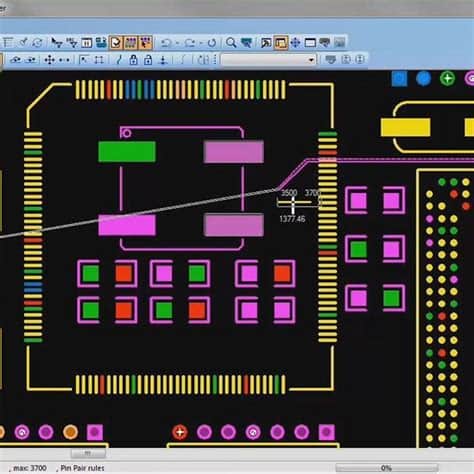
pcb design basics new designers
Introduction to PCB Design Printed Circuit Board (PCB) design is a crucial aspect of electronic product development. As a new designer, it’s essential to understand[…]
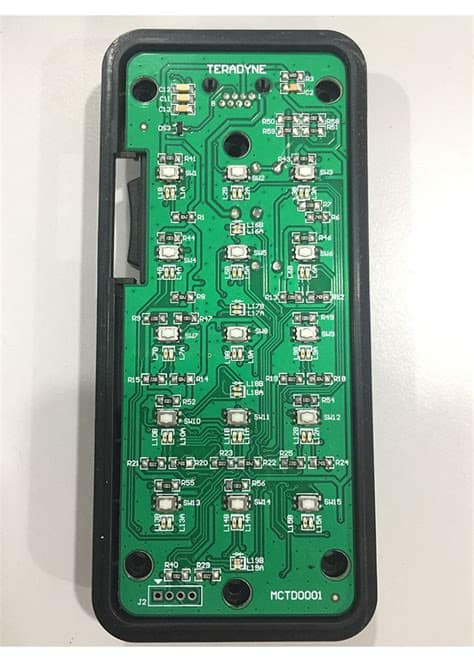
pcb design education through content creation
What is PCB-EdCreation? PCB-EdCreation refers to the process of creating educational content specifically focused on PCB design. This content can take various forms, such as[…]
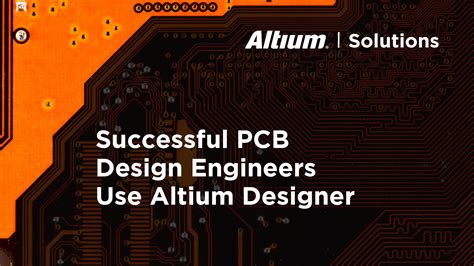
pcb designer job interview guide new engineers
Understanding the Role of a PCB Designer Before diving into interview preparation, it’s essential to understand what a PCB designer does and the skills required[…]
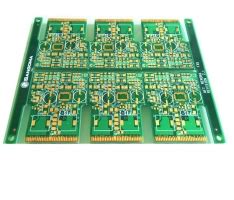
pcb design for manufacturing prevent via defects by talking to your manufacturer
The Importance of Via Design in PCB Manufacturing Vias play a crucial role in multilayer PCB designs by enabling interconnections between different layers. They allow[…]
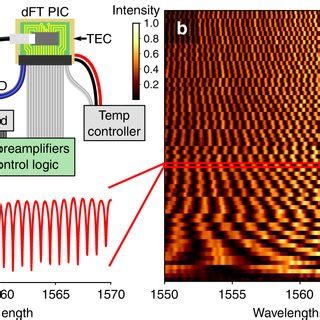
pcb design for test structures and tests performed part 2
Introduction to PCB DFT Designing printed circuit boards (PCBs) with testability in mind, known as design for test (DFT), is crucial for ensuring the quality,[…]
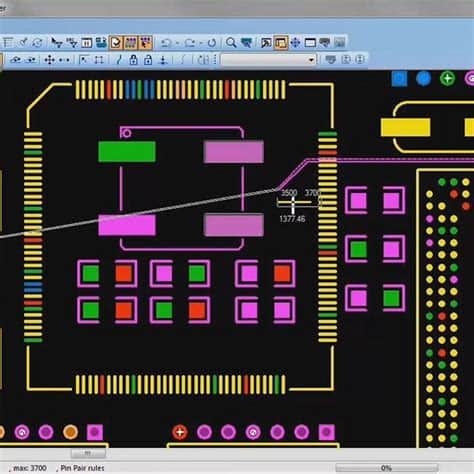
pcb design guide for engineers part 1 the team
Introduction Printed Circuit Board (PCB) design is a crucial aspect of electronic product development. It involves creating a board that connects various electronic components to[…]
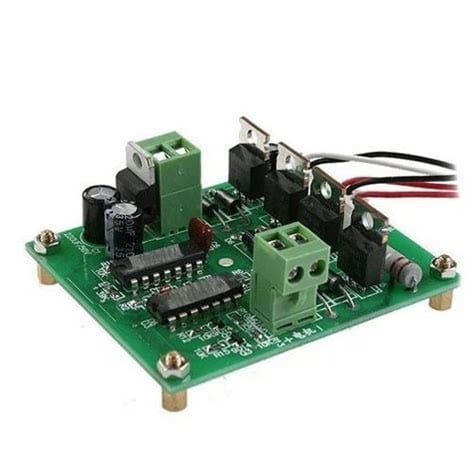
pcb design guidelines for designing solar powered embedded systems
Understanding Solar Power Systems Before diving into the specifics of PCB design, it is essential to understand the basic components and principles of solar power[…]
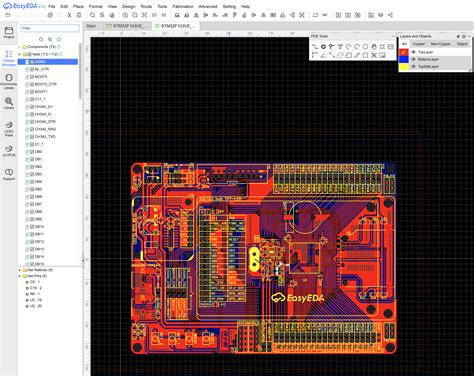
pcb designing tutorial
Introduction to PCB Design Printed Circuit Board (PCB) design is a crucial aspect of electronic product development. It involves creating a layout for the electrical[…]
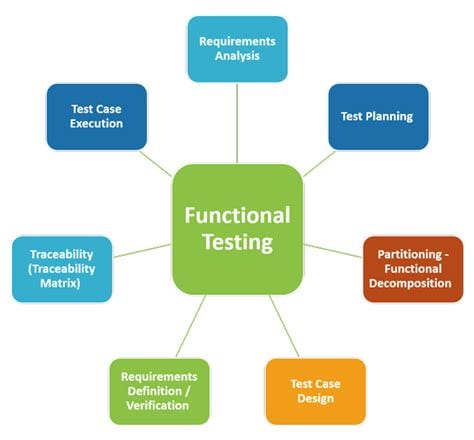
How does Functional Testing work in PCB Assembly
Introduction to Functional Testing in PCB Assembly Functional testing is a crucial step in the PCB assembly process that ensures the proper operation and reliability[…]
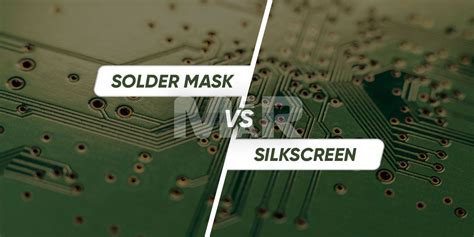
Soldermask requirements for high CTI boards
Introduction to Soldermask and CTI Soldermask, also known as solder resist, is a thin layer of polymer applied to the surface of a printed circuit[…]